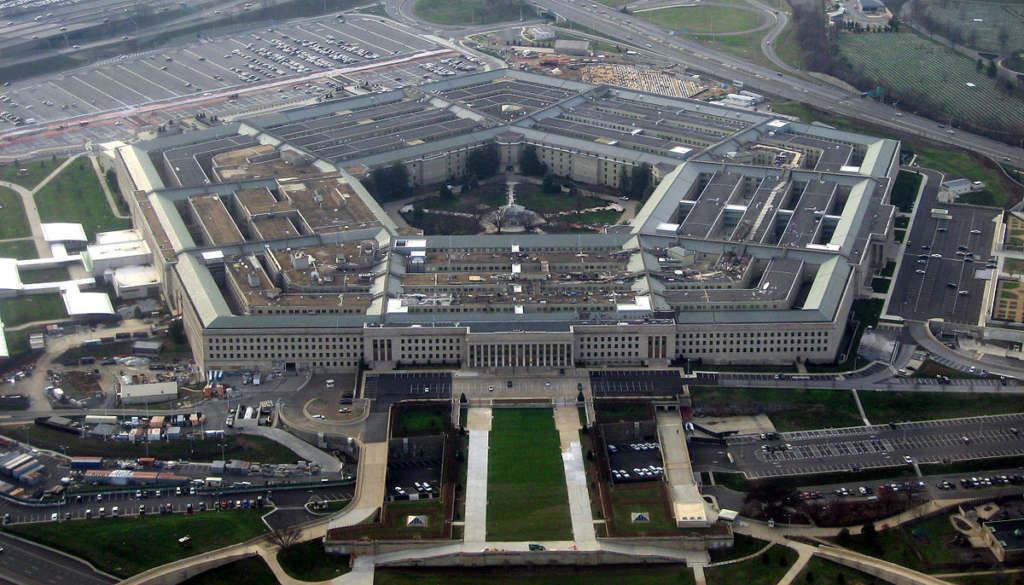The fight against the ISIS may get the headlines. But it’s the military threats from Russia and China that most worry top Pentagon officials — and are driving a new arms race to deter these great-power rivals.
This question of how to deal with Russian and Chinese military advances has gotten almost no attention in the 2016 presidential campaign. But it deserves a careful look. The programs begun in the waning days of the Obama administration could potentially change the face of warfare, in the United States’ favor, but they would require political support and new spending by the next president.
A drive to build exotic versions of conventional weapons may sound crazy in a world that already has too much military conflict. But advocates argue that strengthening U.S. conventional forces might be the only way to avoid escalation to nuclear weapons if war with Moscow or Beijing began.
Deputy Defense Secretary Robert Work argued for the new deterrence strategy in a presentation this month to the bipartisan Aspen Strategy Group, amplifying comments he made to me in an interview in February. The approach, awkwardly named the “third offset strategy,” would leverage the United States’ technological superiority by creating weapons that could complicate attack planning by an adversary.
The premise is that as Russia and China modernize their militaries, the United States must exploit its lead in high-tech warfare. In the world envisioned by Pentagon planners, the United States could field an array of drones in the sky, unmanned submarines beneath the seas and advanced systems on the ground that could overwhelm an adversary’s battle-management networks. Like the two previous “offsets,” battlefield nuclear weapons in the 1950s and precise conventional weapons in the 1970s, this one would seek to restore lost U.S. military dominance.
The concerns prompting the new strategy were previewed by Gen. Joseph F. Dunford Jr., chairman of the Joint Chiefs of Staff, at his Senate confirmation hearing in July 2015: “If you want to talk about a nation that could pose an existential threat to the United States, I would have to point to Russia. And if you look at their behavior, it’s nothing short of alarming.”
China worries some Pentagon officials even more than Russia. A recent study by the Rand Corp., titled “War With China: Thinking Through the Unthinkable,” warned: “Improvements in Chinese military capabilities mean that a war would not necessarily go the way U.S. war planners plan it. Whereas a clear U.S. victory once seemed probable, it is increasingly likely that a conflict could involve inconclusive fighting with steep losses on both sides.”
Top Pentagon officials say that because of Russian and Chinese advances, the U.S. military’s “overmatch” has diminished. Planners can no longer guarantee a president that the United States could prevail in the early days of a conventional conflict; they fear that the United States might lose “escalation dominance” — meaning, basically, the ability to call the shots — in a future confrontation.
Washington Post
